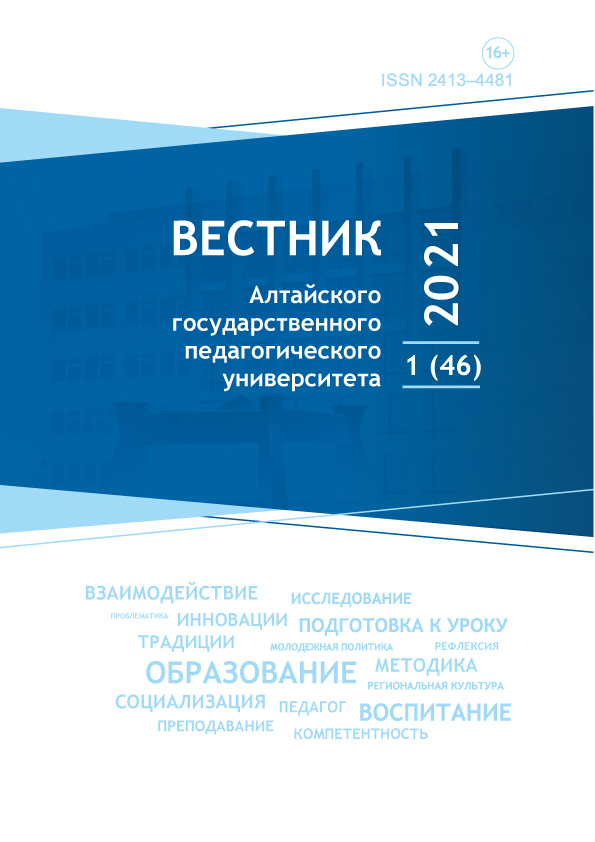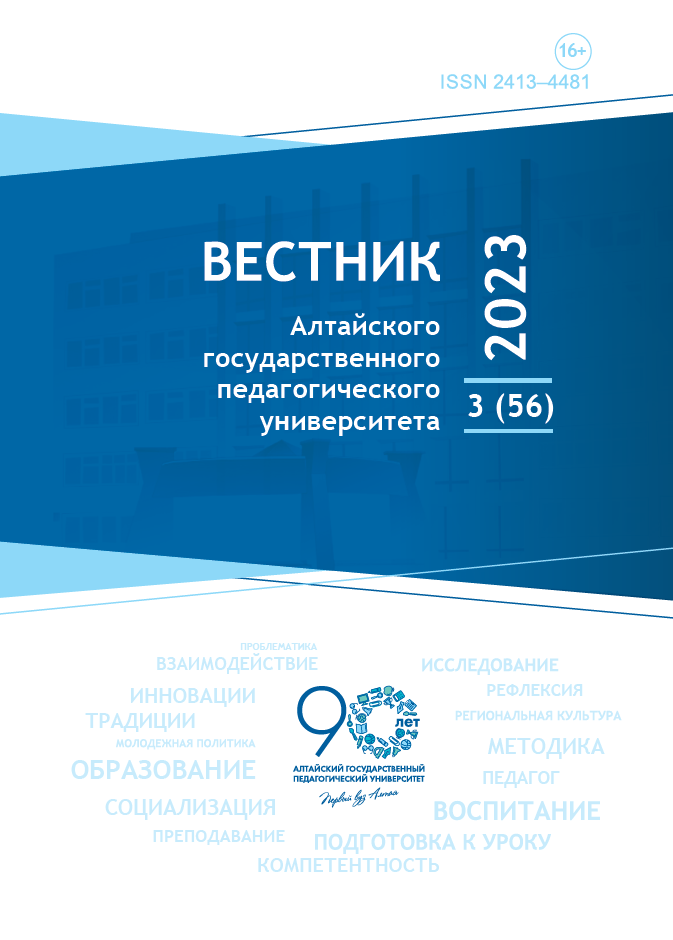THE ROLE OF INTERACTION BETWEEN PRESCHOOL AGE TWINS’ IN THE DEVELOPMENT OF THEIR SELF-AWARENESS
DOI:
https://doi.org/10.37386/2413-4481-2021-1-58-62Keywords:
self-awareness, preschoolers, twins, zygosity, twin developmental situation, social development situation, cooperation, rivalry, activities, developmentAbstract
The article reveals the role of intra-pair behavior of twins in the development of their self-awareness in preschool age. The twin personality is understood as a special social developmental situation that determines the formation of twins. This situation is associated with the emergence of special intra-pair interactions that determine the development of self-awareness of preschoolers. In pairs of di- and monozygotic twins, a different nature of intra-pair interaction is possible; it is interconnected with the development of self-awareness of preschoolers. Dizygotic twins are more competitive, and monozygotic twins are more cooperative.References
Морозова Т. Б. Особенности работы с детьми близнецами // Народное образование. 2009. № 1. С. 10-18.
Божович Л. И. Этапы формирования личности в онтогенезе // Вопросы психологии. 1978. № 4. С. 23-25.
Выготский Л. С. Детская психология. М., 1984. Т. 4. 433 c.
Эльконин Д. Б. Детская психология. М., 2007. 384 с.
Allen M., Pollln W., Hoffer A. Parental, birth and infancy factors in infant twin development. Am. J. Psychiatry, 1971. V. 127. P. 1597-1604.
Miliora, M.T. “Losers” and “winners” within an intertwine dyad: a case of a twinship, selfobject relationships of a twin // Clinical Social Work Journal. 2003. № 31 (3). P. 263-274.
Lander I. Using family attachment narrative therapy to heal the wounds of twinship: a case study of an 11-year-old boy // Child Adolescence Social Work Journal. 2008. № 25. P. 367-383.
Plomin R., Willerman L., Loehlin J. Resemblance in appearace and the equal environments assumption in twin studies of personality traits // Behav. Genet. 1976. 2009. V. 6, № 1. P. 43-52.
Stewart E. Towards the social analysis of twinship // British Journal of Sociology. 2000. № 51 (4). P. 719-737.
Anastasy A. Differential psychology: Individual and group differences in behavior. N. Y., 1958. 664 p.
Рубинштейн С. Л. Основы общей психологии. СПб., 2005. 712 с.
Шелкунова Т. В. Особенности развития самосознания в старшем дошкольном возрасте // Проблемы современного педагогического образования. 2018. № 60-2. С. 478-480.
Урунтаева Г. А., Афонькина Ю. А. Практикум по детской психологии. М., 1995. 291 с.
Зеленина Н. Ю. Развитие самоотношения у детей дошкольного возраста с ограниченными возможностями здоровья: дис. … канд. психол. наук. Москва, 2011. 184 с.
Downloads
Published
Issue
Section
License
Для публикации статьи в журнале «Вестник Алтайского государственного педагогического университета» автору необходимо заключить лицензионный договор с федеральным государственным бюджетным образовательным учреждением высшего образования «Алтайский государственный педагогический университет» (ФГБОУ ВО «АлтГПУ»).



